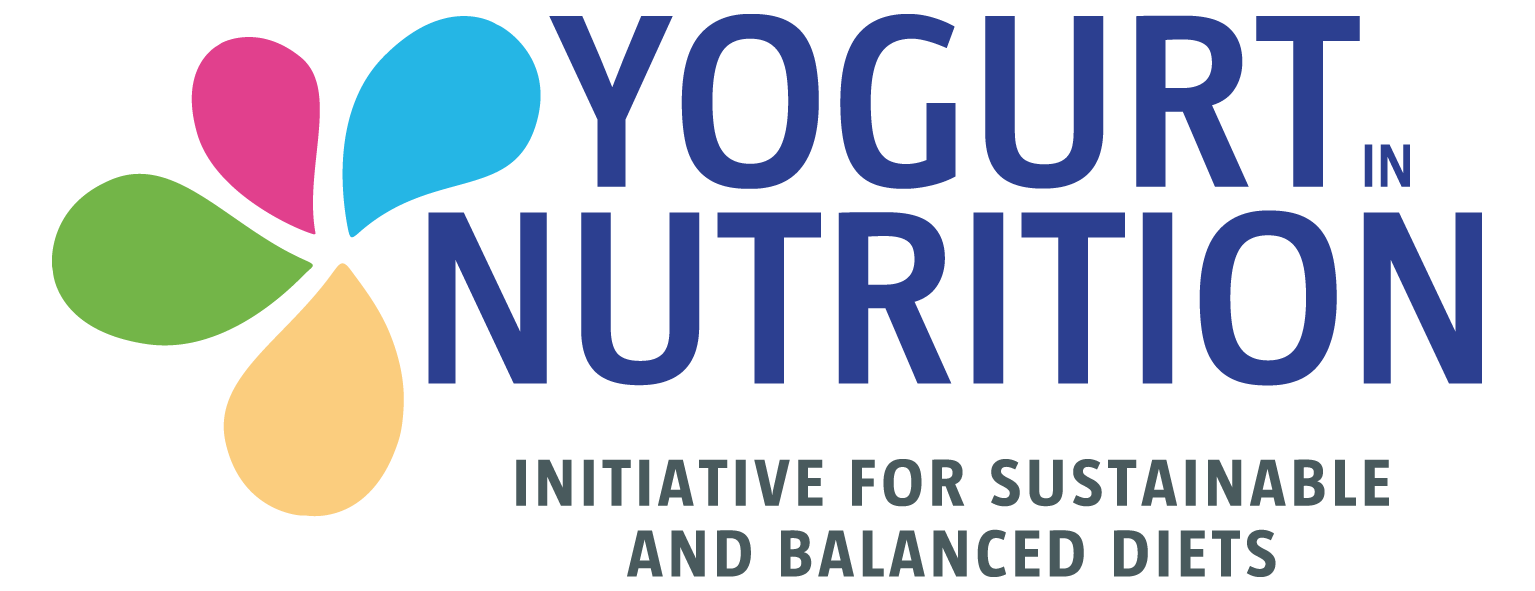 Around 70% of variance in bone mass is associated with genetic factors, but the researchers note that food intake, as well as exercise, lifestyle, keeping a healthy body weight and hormonal status are modifiable factors.
Around 70% of variance in bone mass is associated with genetic factors, but the researchers note that food intake, as well as exercise, lifestyle, keeping a healthy body weight and hormonal status are modifiable factors.
The team states that the primary nutrition source for infants should be human milk – or infant formula, if human milk is not feasible. The main source of dietary calcium after the first year of life is milk and other dairy products, which account for 70-80% of nutritional calcium intake.
Adding it up
Based on their report, the researchers recommend that pediatricians advise children and adolescents to increase daily consumption of calcium and foods and beverages containing vitamin D, which includes nonfat milk and low-fat yogurts.
The AAP supports the higher recommended dietary allowance for vitamin D recommended by the Institute of Medicine but does not suggest universal screening for vitamin D deficiency in healthy children. Screening for vitamin D deficiency should be targeted at children and adolescents with recurrent low-impact fractures or those with medical conditions associated with reduced bone mineral density.
Finally, the researchers say pediatricians should recommend weight-bearing activities – including walking, dancing and running – which encourage bone health in children.





